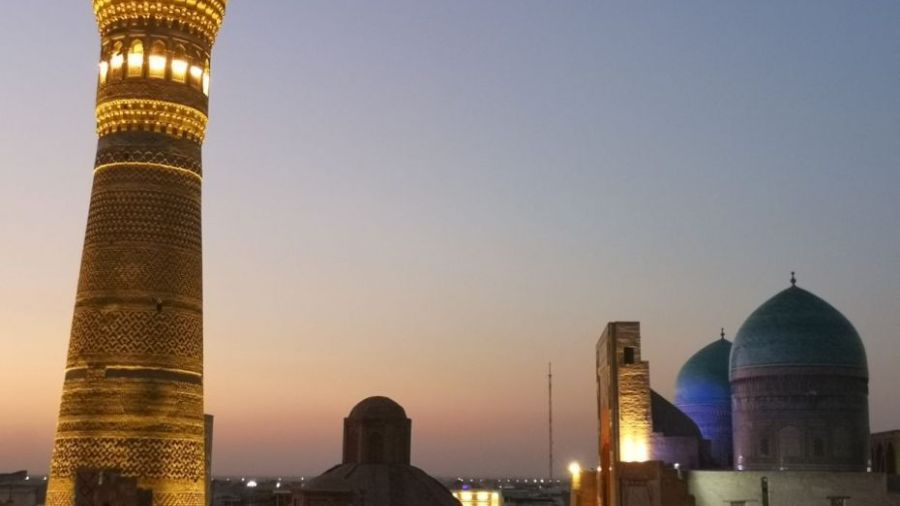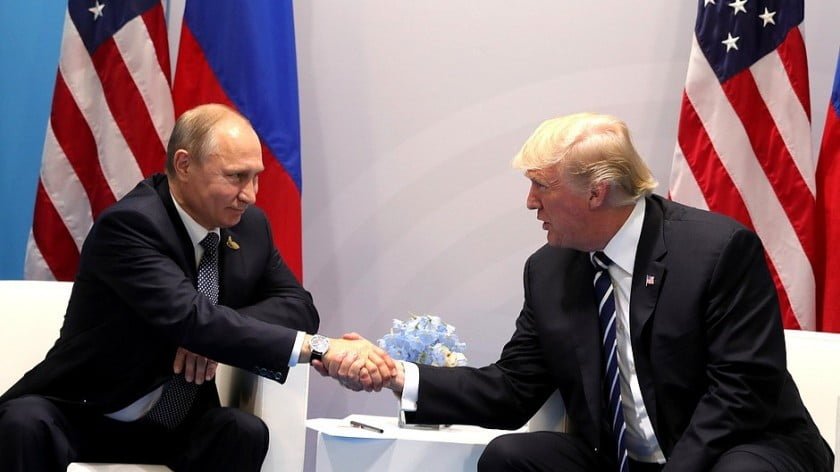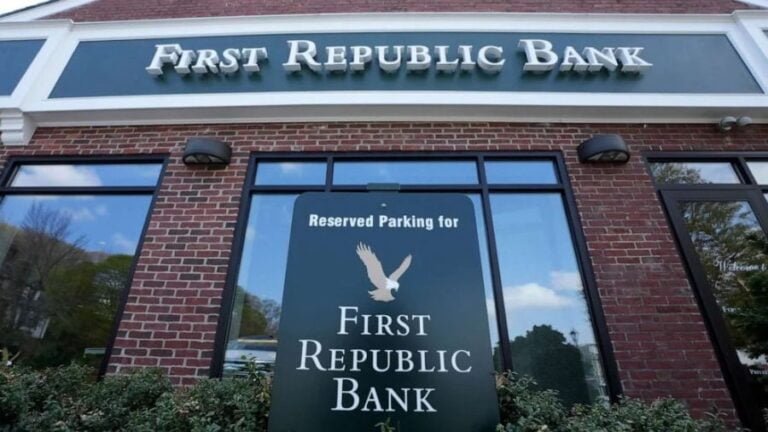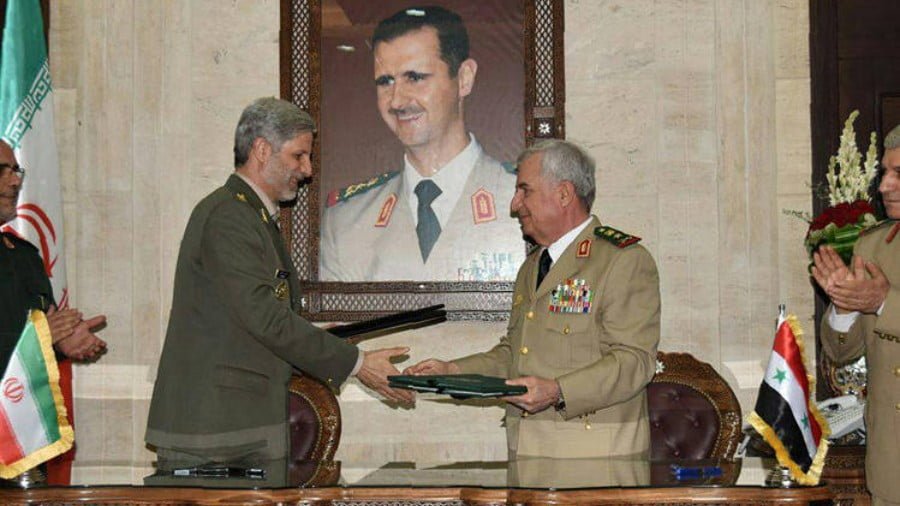From Bukhara to BRICS, Searching for Light in the Darkness of Insanity
On the SCO, Russia, China, India, Iran and Pakistan sit at the same table, writes Pepe Escobar.
Bukhara The Noble, the “Dome of Islam”, with a history stretching back 2.500 years, bears too many marvels to mention: from the two-millennia-old Ark, a fortress around which the city developed, to the 48-meter high Kalon minaret, built in 1127, which so impressed Genghis Khan that he ordered it not to be razed.
The elegant, single turquoise band near the top of the minaret is the earliest example of glazed tilework all across the Heartland.
According to the Shanameh, the Persian epic, the hero Siyavush founded the city after marrying the daughter of neighboring Afrasiab. Even before the Ancient Silk Roads were in business, Bukhara thrived as a caravan crossroads – its city gates pointing to Merv (in today’s Turkmenistan), Herat (in western Afghanistan), Khiva and Samarkand.
Bukhara’s apex was in the 9th-10th centuries under the Samanid dynasty, as it turned into a Mecca of Persian culture and science. That was the time of al-Biruni, the poet Rudaki and of course Avicenna: they all had access to the legendary Treasure of Wisdom, a library that in the Islamic world would only be rivalled by the House of Wisdom in Baghdad.
Bukhara was largely razed by Genghis Khan and the Mongols in 1220 (yes: only the minaret was spared). When the great Moroccan traveler Ibn Battuta visited in 1333, most of the city was still in ruins.
But then, in 1318, someone very special had been born in Kasri Orifon, a village outside of Bukhara. At first he was simply known as Muhammad, after his father and grandfather, whose origins reached Hazrat Ali. But History ruled that Muhammad would eventually become famous all over the lands of Islam as the Sufi saint Bahauddin Naqshbandi.
What’s in a name? Everything. Bahauddin means “the light of religion” and Naqshbandi means “chaser”. His upbringing was enriched by several pirs (“saints”) and sheikhs living in and around Bukhara. He spent almost all his life in these oases, very poor and always relying on his own manual labor, with no slaves or servants.
Bahauddin Naqshbandi ended up founding a highly influential tariqa – Islamic school – based on a very simple concept: “Occupy your heart with Allah and your hands with work”. The concept was developed in other 11 rules, or rashas (“drops”).
What’s coming out of those “five fingers”
A visit to the Bahauddin Naqshbandi complex outside of Bukhara, centered around the tomb of the 14th century Sufi saint who is in fact the city’s spiritual protector, is an illuminating experience: such a peaceful atmosphere enveloping an appeasing network of holy stones, “wishing trees” and the odd sacrificial offering.
This is the essence of what could be defined as a parallel Islam infusing so many latitudes across the Heartland, combining an animist past with formal Islamic teachings.
At the complex, we meet scores of lovely, colorfully dressed Uzbek women from all regions and pilgrims from all over Central Asia but also from West and South Asia. Uzbek President Mirzoyoyev, extremely popular, was here late last week, and he came straight from the nearby, brand new, airport.
This oasis of peace and meditation offers not only a sharp contrast to the toxic turbulence of the times but also inspires us to search for sanity among the madness. After all, one of Naqshbandi’s rashas states, “our way is conversation, good deeds are found only in mutual communication, but not in seclusion.”
So let’s apply Sufi wisdom to the upcoming, possibly ground-breaking moment that should solidify the path of the Global Majority towards a more equitable, less deranged pattern of international relations: the 15th BRICS summit in South Africa next week.
Chinese Foreign Minister Wang Yi has coined a concise definition that embodies a fascinating mix of Confucianism and Sufism: “The BRICS countries are like five fingers: short and long if extended, but a powerful fist if clenched together.”
How to clench these fingers into a powerful fist has been the work of quite a few sherpas in preparation for the summit. But soon this will not be a matter related to a fist, but to fists, arms, legs and in fact, a whole body. That’s where BRICS+ comes in.
Among the network of new multilateral organizations involved in preparing and acting out a new system of international relations, BRICS is now seen as the premier Global South, or Global Majority, or “Global Globe” (copyright Lukashenko) platform.
We are still far away from the transition towards a new “world system” – to quote Wallerstein – but without BRICS even baby steps would be impossible.
South Africa will seal the first coordinates for the BRICS+ expansion – which may go on indefinitely. After all, large swathes of the “Global Globe” already have stated, formally (23 nations) and informally (countless “expressions of interest”, according to the South African Foreign Ministry) they want in.
The official list – subject to change – of those nations who want to be part of BRICS+ as soon as possible is a Global South’s who’s who: Algeria, Argentina, Bahrain, Bangladesh, Belarus, Bolivia, Cuba, Egypt, Ethiopia, Honduras, Indonesia, Iran, Kazakhstan, Kuwait, Morocco, Nigeria, the State of Palestine, Saudi Arabia, Senegal, Thailand, UAE, Venezuela and Vietnam.
Then there’s Africa: the “five fingers”, via South African President Cyril Ramaphosa, invited no less than 67 leaders from Africa and the Global South to follow the BRICS-Africa Outreach and BRICS+ Dialogues.
This all spells out what would be the key BRICS rasha, to evoke Naqshbandi: total Africa and Global South inclusion – all nations engaged in profitable conversations and equally respected in affirming their sovereignty.
The Persians strike back
A case can be made that Iran is in a privileged position to become one of the first BRICS+ members. It helps that Tehran already enjoys strategic partnership status with both Russia and China and also is a key partner of India in the International North South Transportation Corridor (INSTC).
Iranian Foreign Minister Hossein Amir-Abdollahian has already stated, on the record that, “the partnership between Iran and BRICS has in fact already started in some areas. In the field of transport, the North-South transport corridor connecting India to Russia via Iran is actually part of BRICS’ transport project.”
In parallel to breakthroughs on BRICS+, the “five fingers” will be relatively cautious on the de-dollarization front. Sherpas have already confirmed, off the record, there will be no official announcement of a new currency, but of more bilateral trade and multilateral trade using the members’ own currencies: for the moment the notorious R5 (renminbi, ruble, real, rupee and rand).
Belarussian leader Lukashenko, who coined “Global Globe” as a motto as strong, if not even more seductive than Global South, was the first to evoke a crucial policy coup that may take place further on down the road, with BRICS+ in effect: the merger of BRICS and the Shanghai Cooperation Organization (SCO).
Now Lukashenko is being echoed in public by former South African ambassador Kingsley Makhubela – as well as scores of “Global Globe” diplomats and analysts off the record: “In the future, BRICS and the SCO would match to form one entity (…) Because having the BRICS and the SCO running in parallel with the same members would not make sense.”
No question about that. The key BRICS drivers are Russia and China, with India slightly less influential for a number of complex reasons. On the SCO, Russia, China, India, Iran and Pakistan sit at the same table. The Eurasia focus of the SCO can easily be transplanted into BRICS+. Both organizations are “Global Globe”-centered; driving towards multipolarity; and most of all, committed to de-dollarization on all fronts.
It is indeed possible to have a Sufi reading of all these geopolitical and geoeconomic tectonic plates in motion. As much as the promoters of Divide and Rule as well as assorted dogs of war would be clueless visiting the Naqshbandi complex outside of Bukhara, the “Global Globe” may find all the answers it seeks as it engages in a process of conversation and mutual respect.
Bless these global souls – and may they find knowledge as if they were revisiting the Treasure of Wisdom of 10th century Bukhara.






